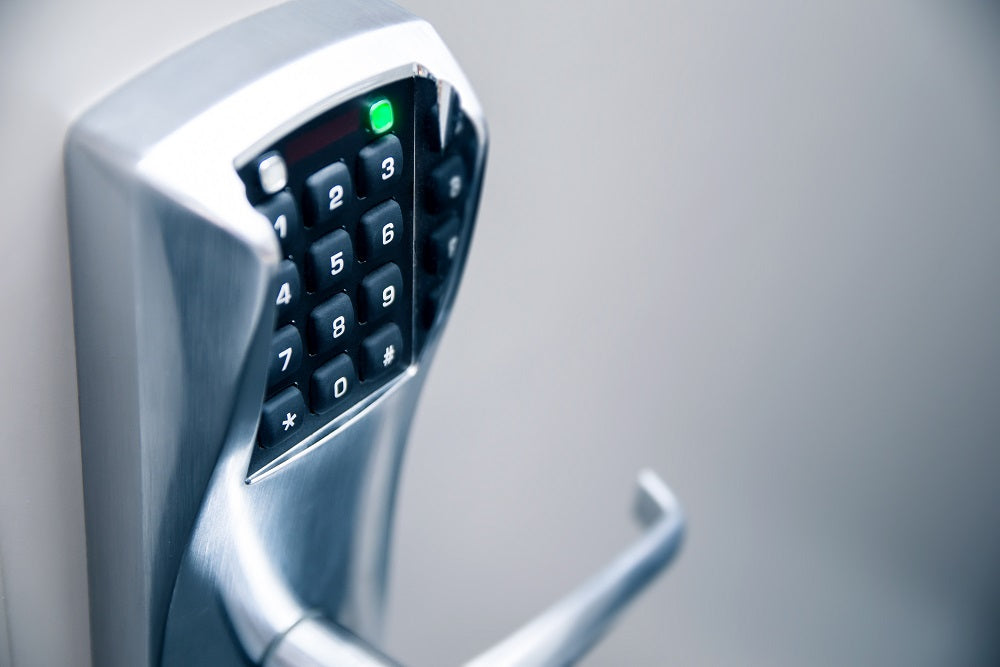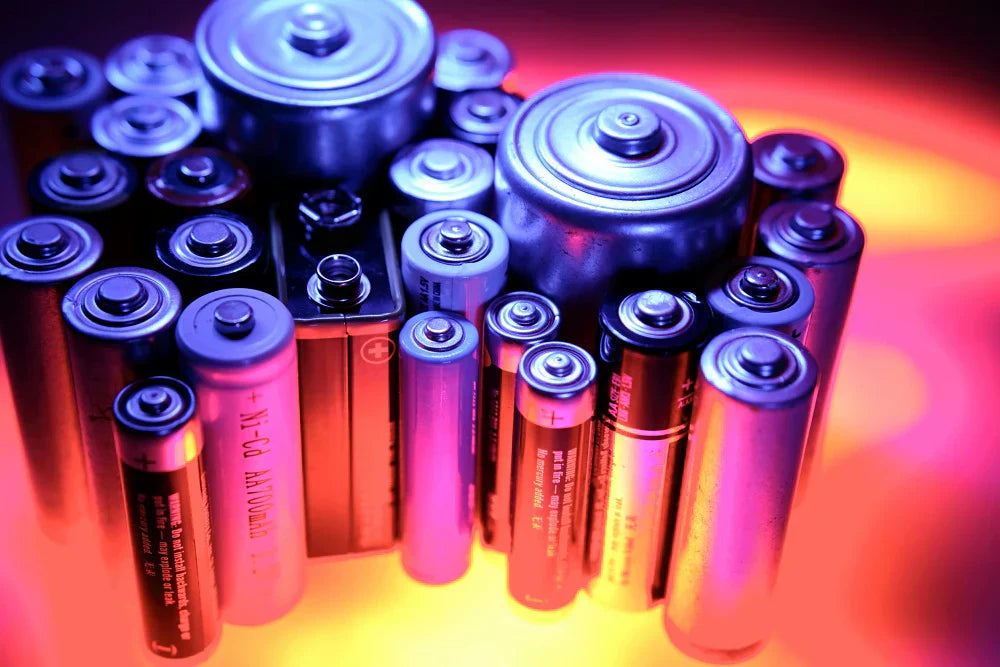Why Lithium-Ion Batteries Are Among the Best in the Business

We recently made the choice to move from older USB technology to the newer USB-C standard. That means new Paleblue USB-C rechargeable AA, AAA, C, D, and 9V batteries. However, one thing we have not changed is the lithium-ion component. Lithium-ion batteries are among the best in the business and a new USB standard does not change that.
Alkaline batteries were fine when they were the only option. But it has been a long time since that was the case. Ni-Cad and NiMH were decent replacements for alkaline products although most consumers are still using aklalines. For this first generation of rechargeables, even their day has nearly passed. Today, nothing else beats lithium-ion in the consumer battery category. Why? For that, we turn to the Clean Energy Institute (CEI).
The CEI is a University of Washington organization with a mission to help "accelerate the adoption of a scalable clean energy future." They envision a world in which we are not harming the environment by producing or utilizing energy. They suggest three ways in which lithium-ion batteries are superior:
1. High Energy Density
According to the CEI, lithium-ion batteries have one of the highest energy densities of all battery technologies. Practically speaking, that means you can pack more power into a lithium-ion product than you can other battery types. This is one of the reasons our batteries weigh less than their alkaline counterparts.
Lower weight may not seem like a big deal when you are talking about things like flashlights and portable music players. But imagine hiking up the side of a mountain carrying everything you need. Every ounce you save makes a difference, especially if it’s on your forehead like a headlamp. More importantly, higher energy density means not having to compromise on power just to save weight.
2. High Power Capabilities
Next up, the CEI explains that lithium-ion batteries are more than capable of handling high power applications. That is because they deliver up to 3.6 volts. This is three times what you get from a typical Ni-Cad or NiMH battery. The net effect is easily observed by photographers and their power-hungry cameras.
Back when digital cameras were brand new, the pros insisted on using disposable alkaline batteries. They did so because Ni-Cad and NiMH batteries were not up to the task. They did not deliver enough power for a long enough time to make them worthwhile. Things are different with lithium-ion rechargeable batteries.
Lithium-ion batteries enough punch to compete with disposal alkalines for high power applications. You can use them in your digital camera. You can use them to power any number of consumer products, from toys to doorlocks to electric toothbrushes. They will not let you down.
As a side note, the CEI mentions on their site that lithium-ion batteries also have a rather low self-discharge rate. That is yet another reason they are more than capable of competing with alkaline batteries for high power needs. With a discharge rate of just 1.5-2% per month, you have fewer worries of your batteries not working when you need them too.
3. No Memory Effect
Finally, the CEI says that lithium-ion batteries do not suffer from the memory effect. In other words, they don't misreport the level of energy they contain during the charging process. Ni-Cad and NiMH batteries can and often do suffer from memory issues. Unfortunately, the memory effect prematurely kills Ni-Cad and NiMH batteries. Fortunately, it is not a problem for lithium-ion products.
Consumers have the right to choose whatever batteries they feel meet their needs best. From our perspective, Paleblue USB-C rechargeable batteries are your best bet. They are built on lithium-ion technology which, according to the experts, is the best technology in the business. We don't plan to abandon lithium-ion any time soon. Until something better comes along, lithium-ion will lead the charge.
- Tags: Economical Sustainability







